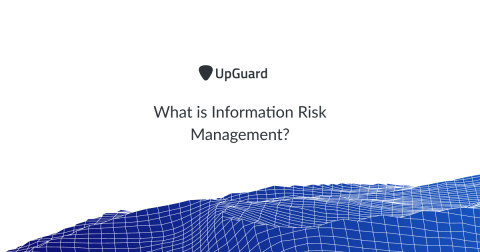For mid-sized enterprises to win the cybersecurity race, the game needs to change
Why does AT&T Cybersecurity get me so excited on behalf of the mid-sized enterprises that make up the bulk of business around the globe? Well, one example I like to share is from a bicycle manufacturer I had the pleasure of visiting a few years ago. As a cycling enthusiast myself, I know these manufacturers are true experts, with deep knowledge and passion for the businesses they run and technology they develop.








